Software
Latest about Software
-
-

Microsoft found a way to fix slow Word launches, but it’s not all good news
By Oscar Gonzalez Published
-
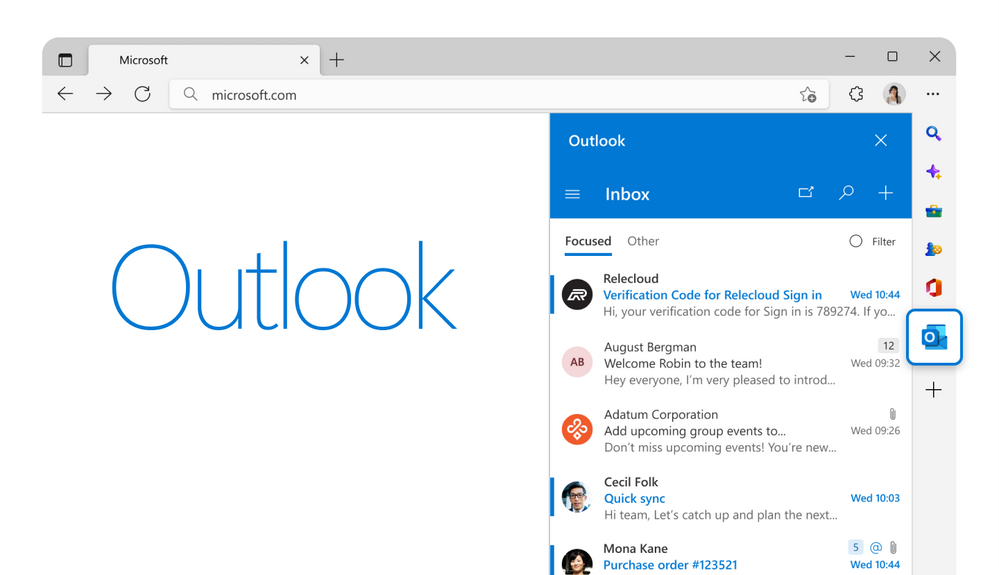
The Outlook typing lag wasn’t your imagination — Microsoft just explained why
By Oscar Gonzalez Published
-

A new kind of phishing attack is fooling Gmail’s security. Here’s how it works
By Oscar Gonzalez Published
-
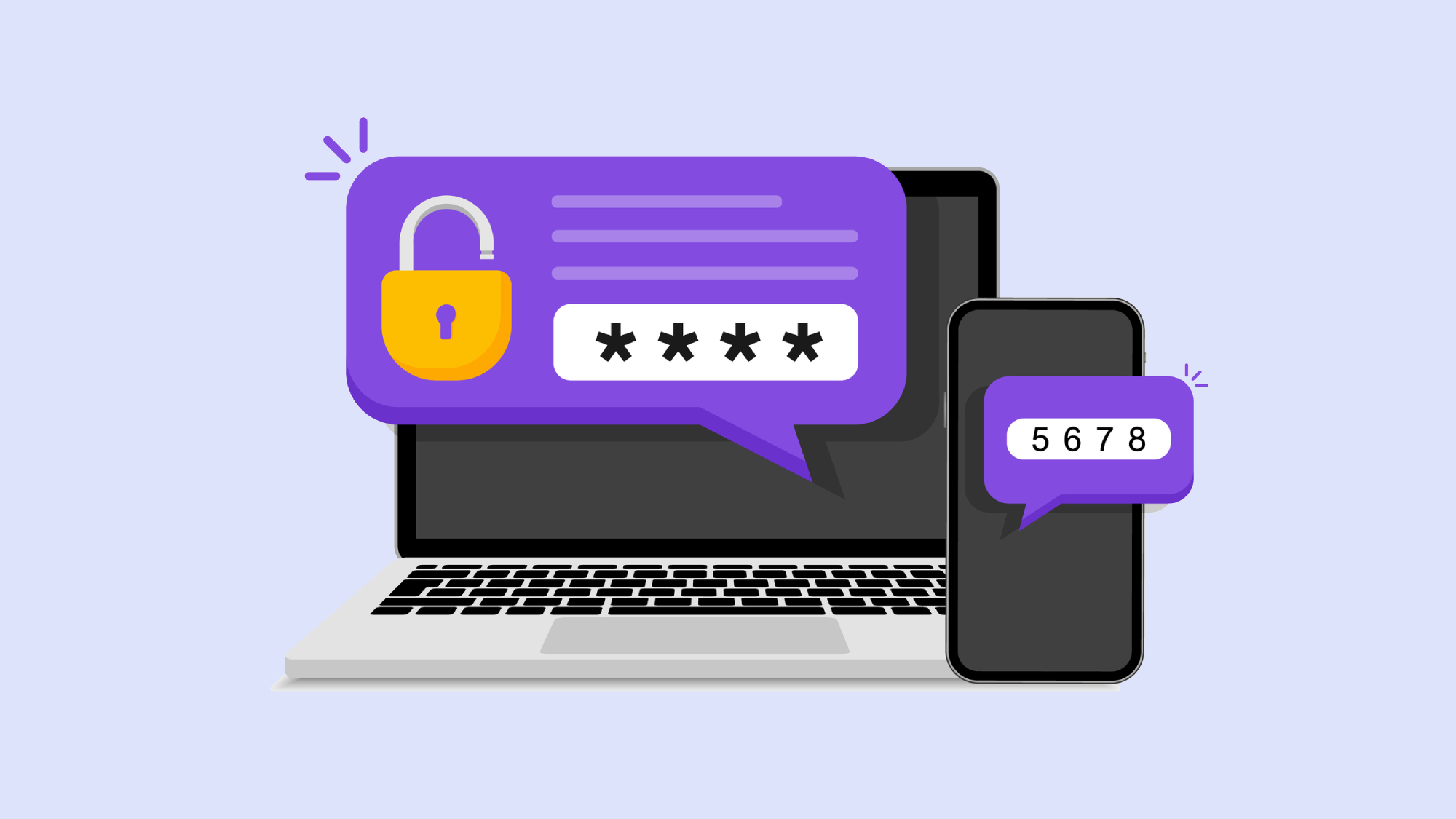
Best authenticator apps to stay safe online
By Monica J. White Last updated
-

Microsoft moves to passwordless future for its more than 1 billion users
By Oscar Gonzalez Published
-
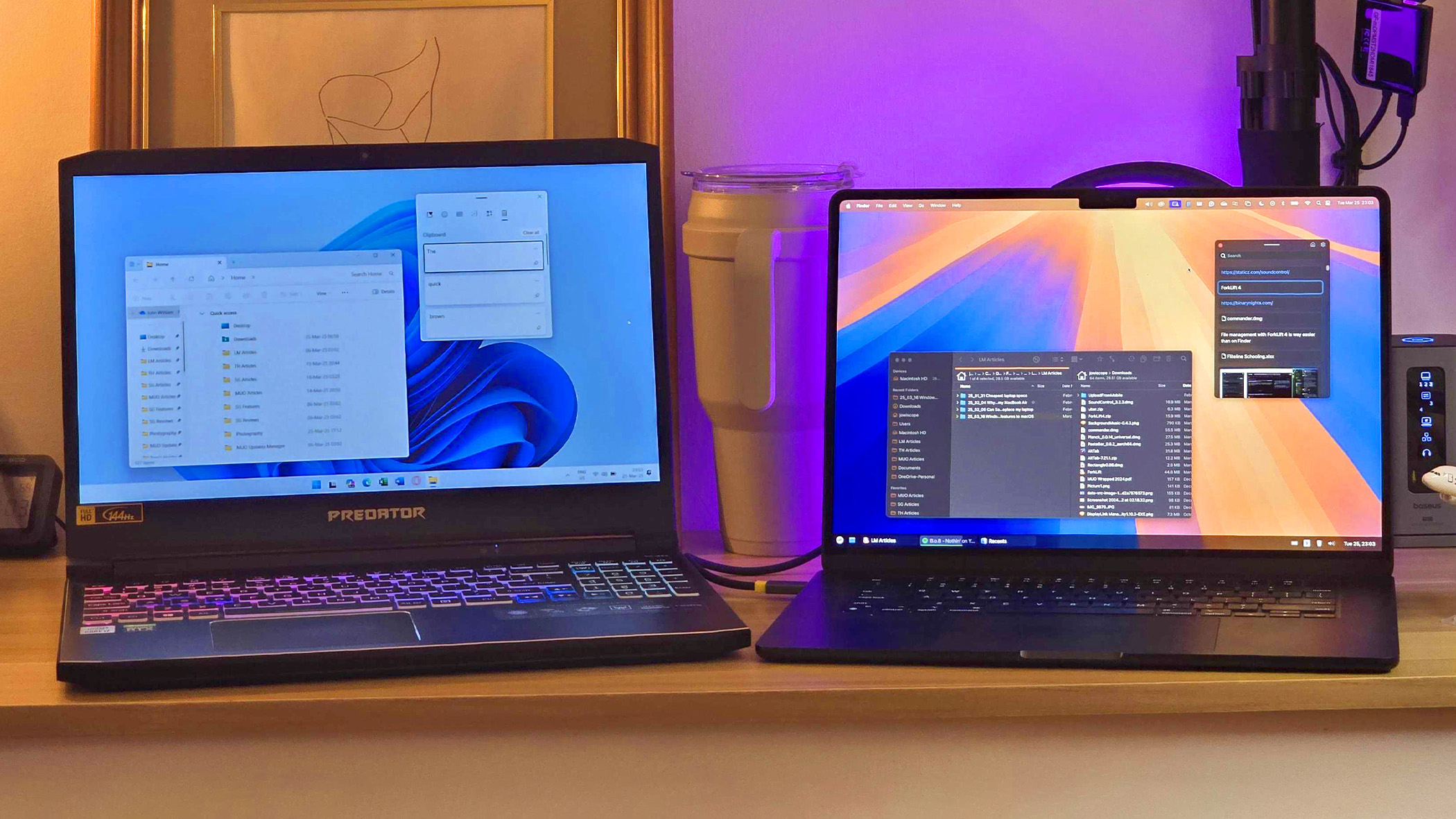
I installed these 6 Windows features on macOS and they changed my life
By Jowi Morales Published
-

Microsoft recommends a drastic move for Windows 11 upgrade, report says
By Oscar Gonzalez Published
-
Explore Software
Antivirus & Cyber-security
-
-

A new kind of phishing attack is fooling Gmail’s security. Here’s how it works
By Oscar Gonzalez Published
-

Best authenticator apps to stay safe online
By Monica J. White Last updated
-

Best VPN services in 2025: 5 VPNs I recommend, including a free option
By Rael Hornby Last updated
-

TP-Link routers may face nationwide ban after 'significantly alarming' link to US cyberattacks
By Rael Hornby Published
-

You need a VPN for school, here are 3 services we recommend
By Rael Hornby Published
-

'You basically have to throw your computer away': Researchers explain AMD 'Sinkclose' vulnerability, but do you need to worry?
By Madeline Ricchiuto Published
-

This malware is posing as Google Authenticator using Google ads — here's how to protect yourself
By Sarah Chaney Published
-
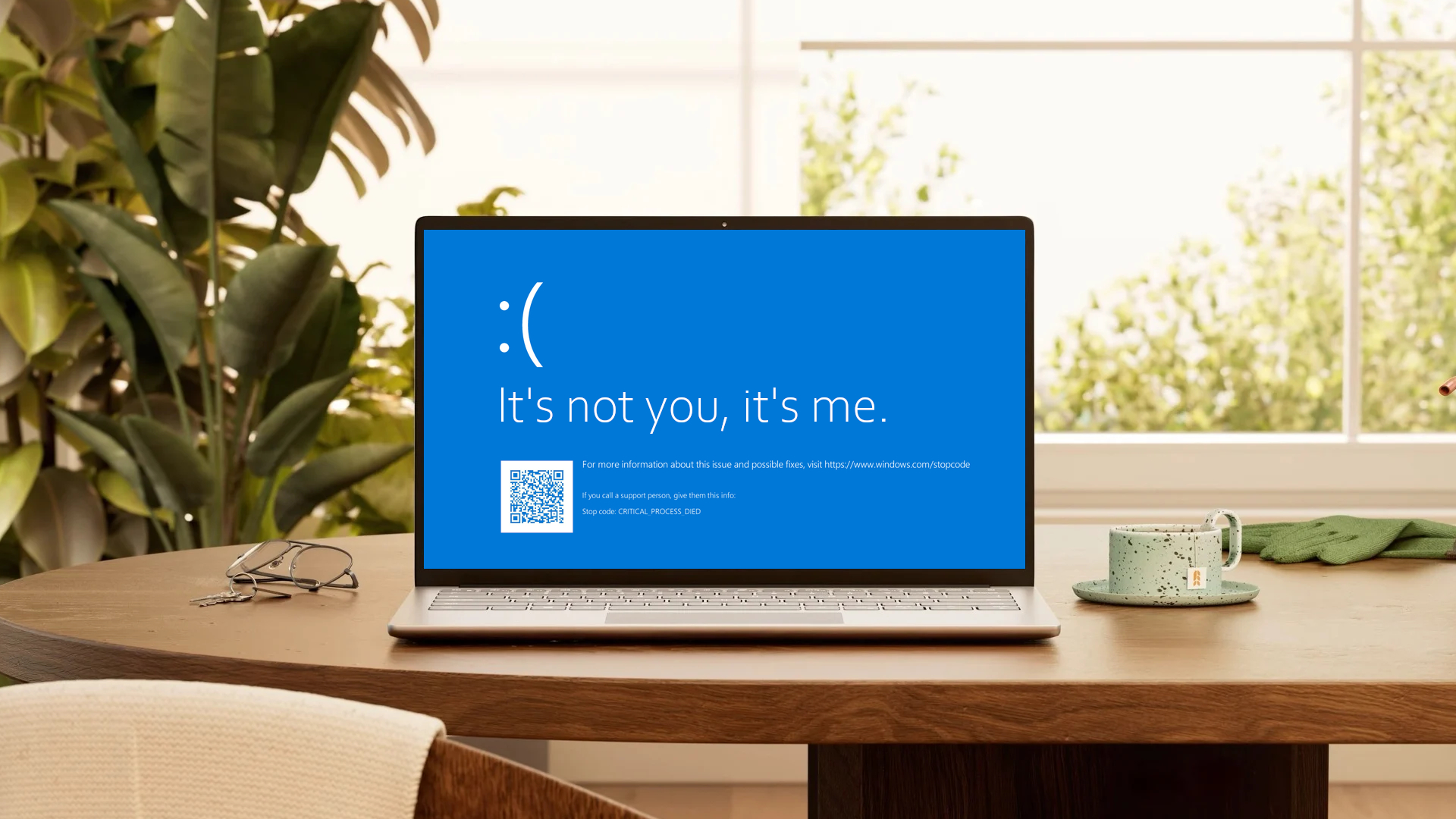
Microsoft reveals CrowdStrike outage could have a surprising long-term impact on everyday users
By Stevie Bonifield Published
-

The CrowdStrike outage spotlights major vulnerabilities in the global information ecosystem
By Richard Forno Published
-
Browsers & Search Engines
-
-

Microsoft doesn't want to tell you how to uninstall Microsft Edge
By Oscar Gonzalez Published
-

There are now 3 great reasons to switch from Google Search to ChatGPT Search
By Rael Hornby Published
-

Opera's Air browser wants to be the antidote to doomscrolling — but does it actually work?
By Rael Hornby Published
-

Top Google Chrome alternative for mobile arrives on Android
By Rael Hornby Published
-

How to use OpenAI's new ChatGPT search engine
By Sarah Chaney Published
-

How to clear cache in Google Chrome: This might improve the performance of your browser
By Rami Tabari Published
-

300,000 Chrome and Edge users affected by new Trojan malware campaign. Are you one of them? Here's how to find out.
By Sarah Chaney Published
-

Google Chrome update could doom your adblocker: Here's what you need to know
By Claire Tabari Published
-

OpenAI's ChatGPT refit could completely change how we navigate the web
By Rael Hornby Published
-
Creative & Media Apps
-
-

Photoshop on iPhone is finally here — it has one unexpected feature, too
By James Pero Published
-

Instagram, Facebook, and Messenger are down: Everything you need to know about Meta's outage
By James Pero Last updated
-

Best education apps for students
By Claire Tabari Published
-

Save over $350 with 50% off Adobe Creative Cloud
By Madeline Ricchiuto Published
-

Microsoft brings controversial AI app to iPhone and Android devices
By Rael Hornby Published
-

This Google Photos AI upgrade will make finding any photo in your library a snap
By Sarah Chaney Published
-

Huawei announces launch of GoPaint tablet drawing app
By Sponsored Published
SPONSORED -

How to see your Spotify Wrapped 2023 and share your most-played songs
By Sarah Chaney Published
-

Cross-platform messaging is coming to WhatsApp: Here’s what we know
By Mark Anthony Ramirez Published
-
Work & Collaboration Tools
-
-

I found an app that connects all my apps — without trying to replace them. It's a life-changer.
By Jon Martindale Published
-

Intel Thunderbolt Share: The powerful PC-to-PC connection software is frustratingly elusive, but you don't need a new laptop to use it
By Ross Rubin Published
-

Top 5 Dell UltraSharp monitor deals: Save up to $300 on the ultimate productivity monitor!
By Stevie Bonifield Published
-
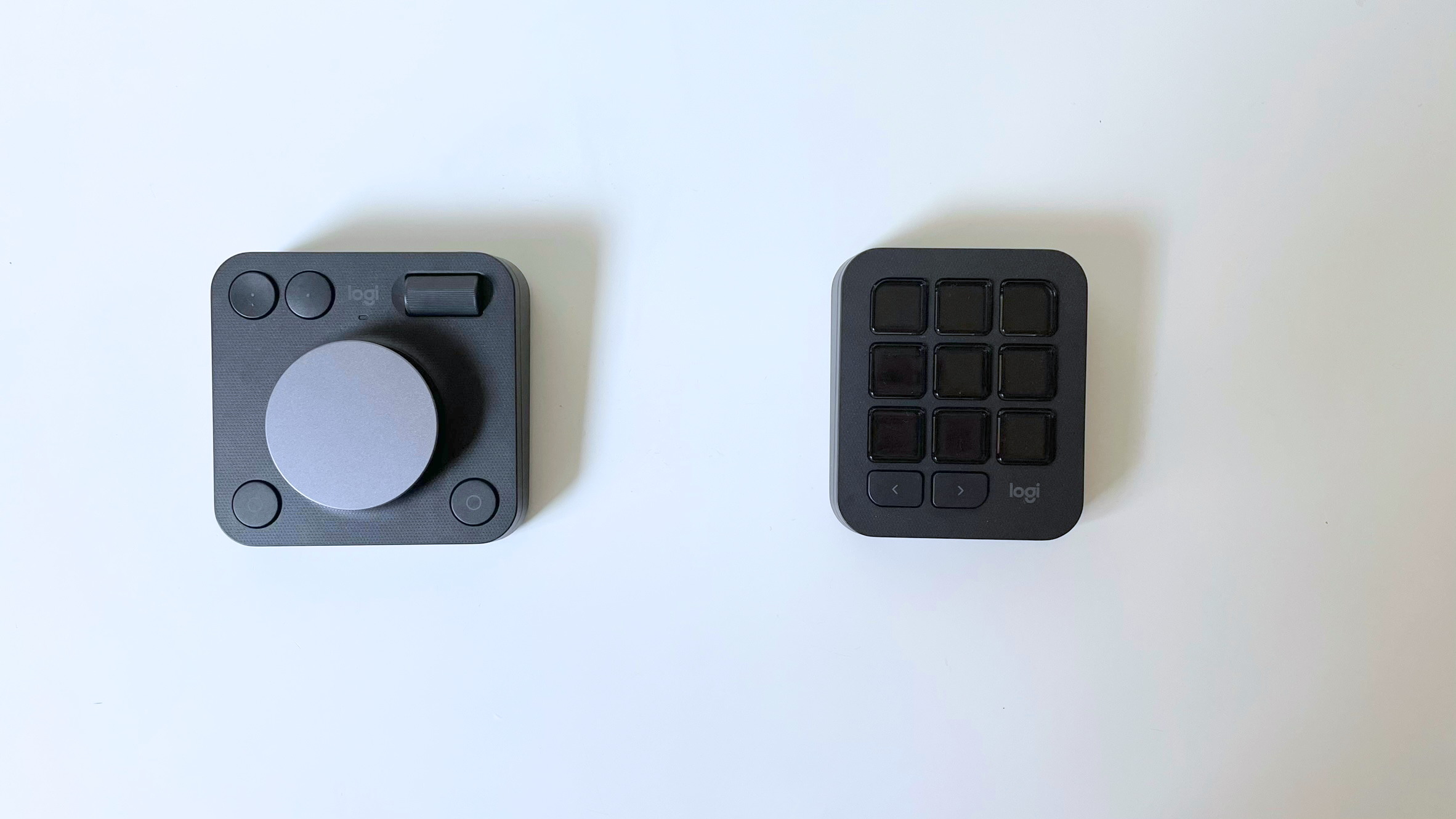
Logitech MX Creative Console review: Is this alternative stream deck a creative game changer?
By Stevie Bonifield Published
-

How to combine PDFs — merge your files into one document for free
By Sarah Chaney Last updated
-

Google Reverse Image Search: How to search with an image in Google
By Sarah Chaney Published
-

What is Proton Docs? Why you might want to give the privacy-focused Google competitor a chance
By Sarah Chaney Published
-

How to convert PDF to JPG, PNG, or TIFF
By Sarah Chaney Published
-

How to add Outlook Calendar to Google Calendar
By Sarah Chaney Published
-
More about Software
-
-

Microsoft recommends a drastic move for Windows 11 upgrade, report says
By Oscar Gonzalez Published
-

I found an app that connects all my apps — without trying to replace them. It's a life-changer.
By Jon Martindale Published
-

Best VPN services in 2025: 5 VPNs I recommend, including a free option
By Rael Hornby Last updated
-